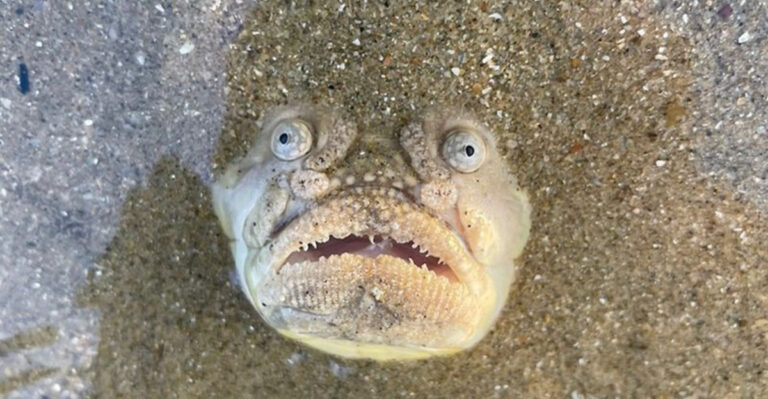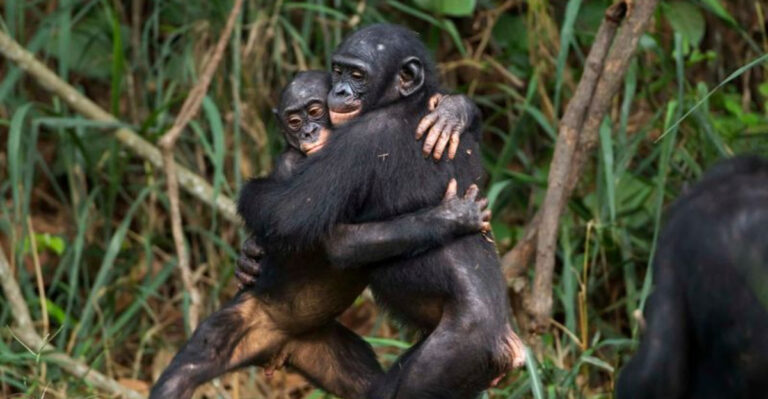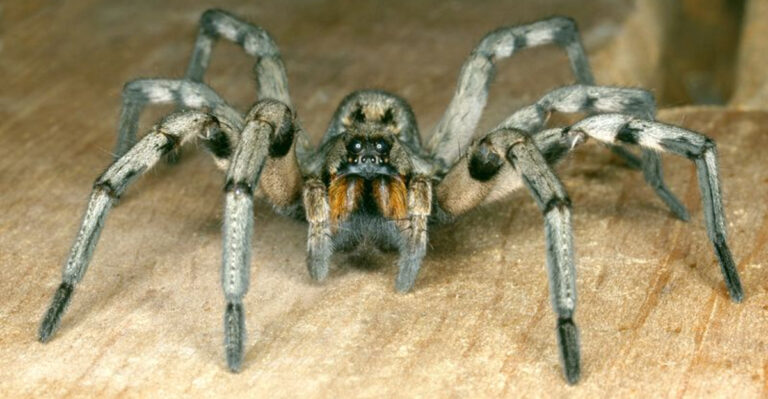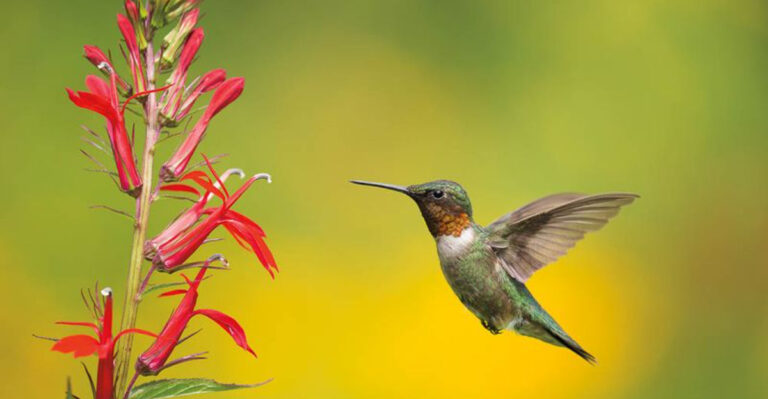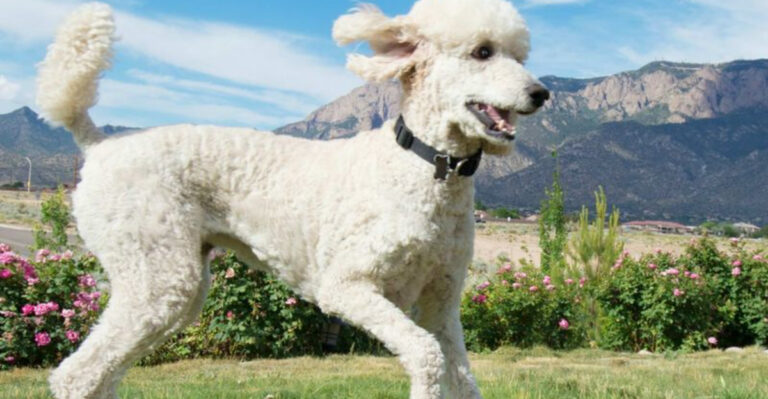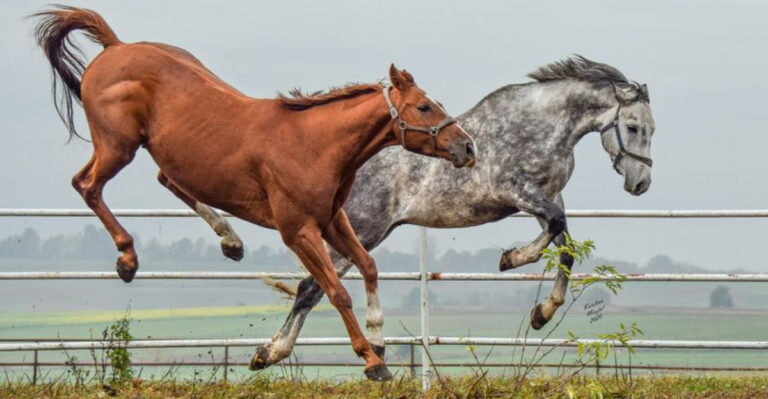12 Dog Breeds That Could Present Unforeseen Challenges
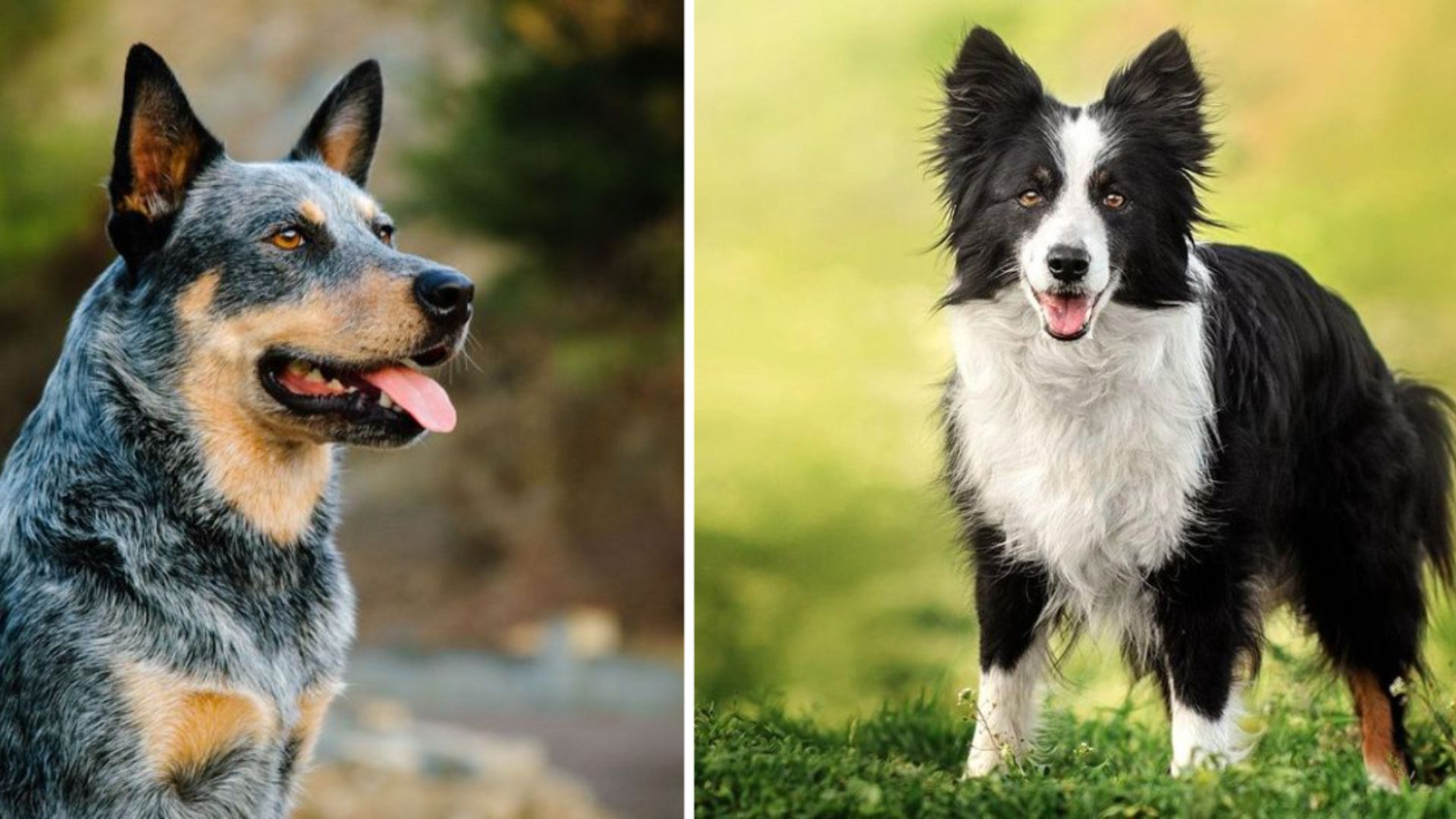
Welcoming a dog into your home is a joyful occasion, but some breeds come with their own set of challenges.
In this post, we’ll explore 12 dog breeds that might surprise you with unexpected difficulties. Whether it’s due to their size, energy levels, or specific needs, these breeds require special consideration.
1. Dalmatian
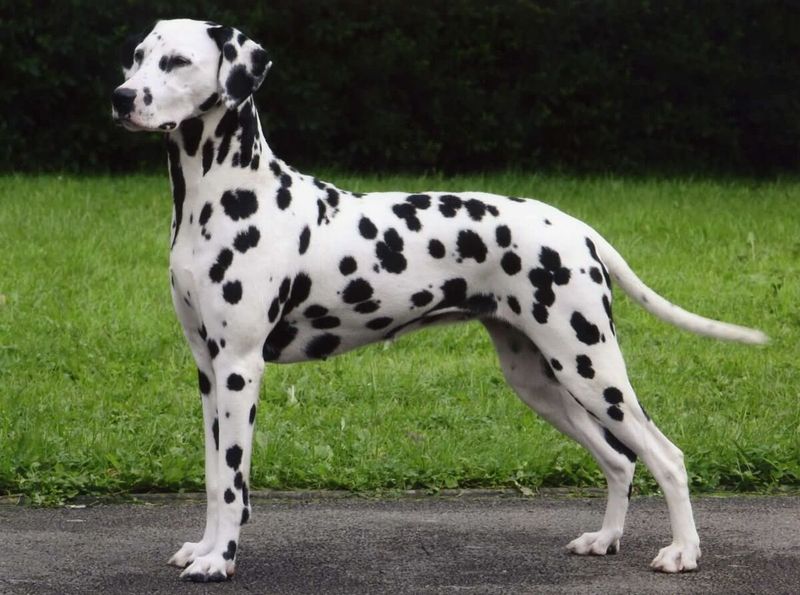
Dalmatian dogs are known for their striking spots and playful nature, but they can also be quite the handful. These dogs are incredibly energetic and require ample exercise to keep them happy.
A daily walk might not suffice; instead, they need a space to run and play freely to burn off their boundless energy.
In addition to their exercise needs, Dalmatians can be stubborn. Training requires patience and consistency, as they may not always respond well to commands.
Positive reinforcement works best, turning training sessions into a fun and rewarding experience. Another challenge with Dalmatians is their unique dietary needs.
They are prone to urinary stones, so their diet must be carefully monitored. Avoiding foods high in purines can help.
While the Dalmatian’s charming appearance may draw you in, understanding these challenges ensures a harmonious life together.
2. Siberian Husky
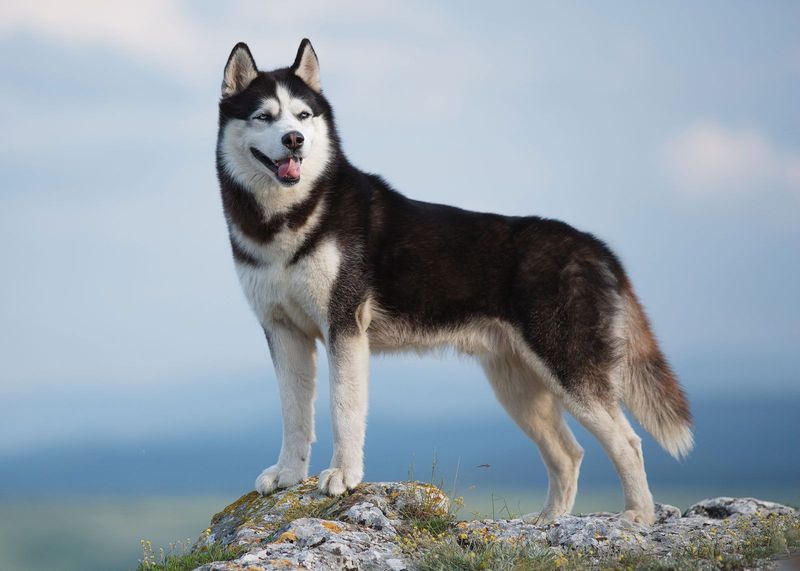
Siberian Huskies are admired for their wolf-like appearance and ability to endure cold climates. However, their striking looks come with a set of challenges that potential owners must consider.
Firstly, Huskies are known for their high energy levels. They require significant exercise to keep boredom at bay, which often leads to destructive behavior if not fulfilled.
Additionally, these dogs are natural escape artists. Their curiosity and intelligence drive them to find ways out of fenced yards, so secure boundaries are a must. Regular mental stimulation through games or training can help manage this trait.
Huskies also have a strong prey drive, often chasing smaller animals. This can be problematic in homes with cats or other small pets. Socialization from a young age is necessary to curb this instinct.
Despite these challenges, with the right environment and care, a Husky can make a loyal and affectionate companion.
3. Chow Chow
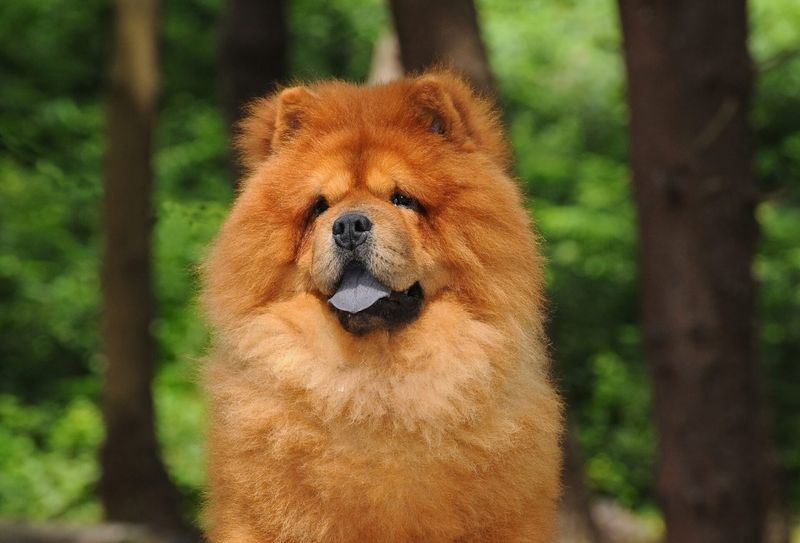
The Chow Chow might appear like a cuddly teddy bear, but this breed offers a unique set of challenges.
Known for their aloof demeanor, Chow Chows are not the typical affectionate dogs. They often prefer their own company, making them ideal for independent owners.
However, this independence can lead to stubbornness. Training a Chow Chow requires patience and a firm approach. Consistency and early socialization are crucial to managing their willful nature.
These dogs are also known to be territorial, and sometimes wary of strangers, which may require additional socialization.
Furthermore, Chow Chows have specific grooming needs. Their thick double coat requires regular brushing to prevent matting and reduce shedding.
Despite these challenges, the Chow Chow’s loyal nature rewards those who invest time and effort in understanding their unique personality.
4. Jack Russell Terrier
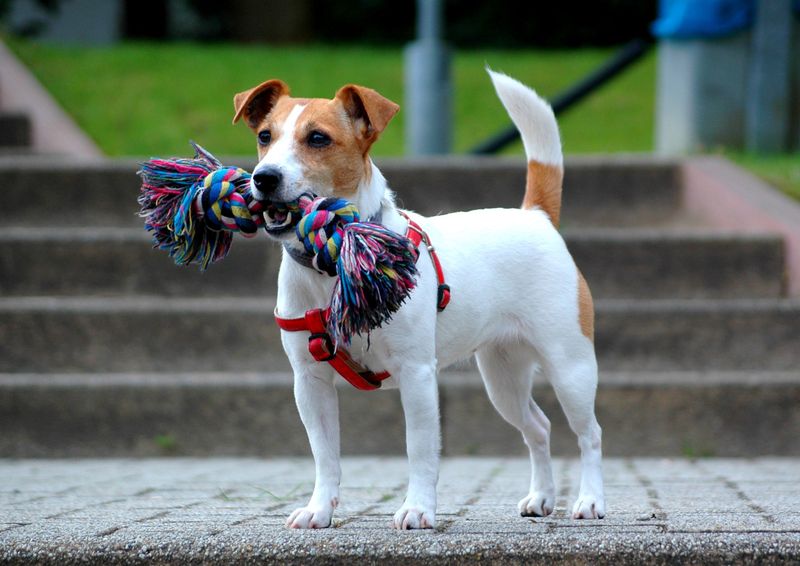
Jack Russell Terriers are small dogs with a big personality. Known for their boundless energy, they require continuous mental and physical stimulation. Without adequate playtime, they can become restless and even destructive.
Training a Jack Russell involves creativity and patience. Their intelligence makes them quick learners, but it also means they can easily get bored. A mix of activities and games keeps them engaged and happy.
This breed’s hunting instincts are strong, often leading them to chase after small animals. Secure fencing in the yard is essential to prevent escapes.
Despite their small size, Jack Russells need an assertive owner who can match their lively spirit. For active families, they can be an excellent fit, offering endless entertainment and affection.
5. Basenji
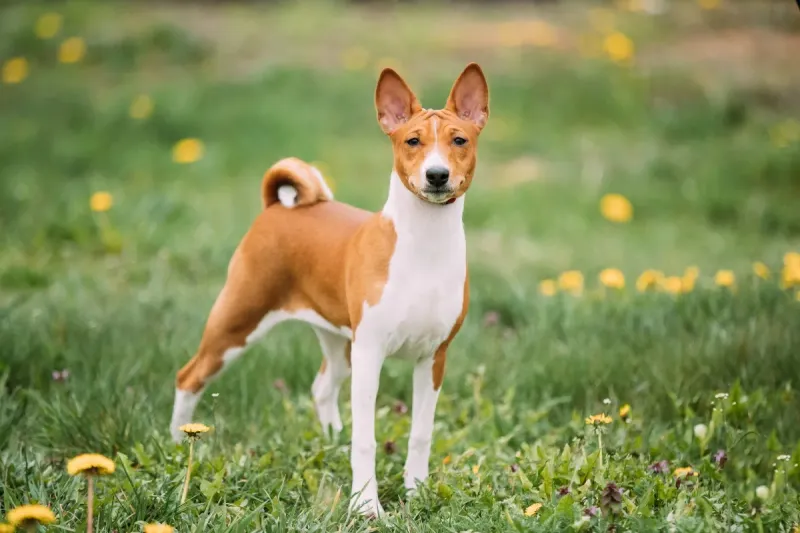
Basenjis are known as the “barkless dogs,” but don’t be fooled by their quiet nature. These dogs have a strong personality and require an experienced owner.
Originating from Africa, they are highly independent and intelligent, which can make training a challenge.
Basenjis are escape artists, similar to Huskies. They are curious and will find ways to explore beyond their fenced areas, so a secure environment is key. Providing interactive toys and regular playtime can help manage their energy and curiosity.
Additionally, Basenjis have a strong prey drive and may not be suitable for households with small pets. Their grooming needs are minimal, as they are clean animals, often compared to cats in their grooming habits.
While they can be a handful, their unique traits and loyalty offer a rewarding experience for the right owner.
6. Bulldog
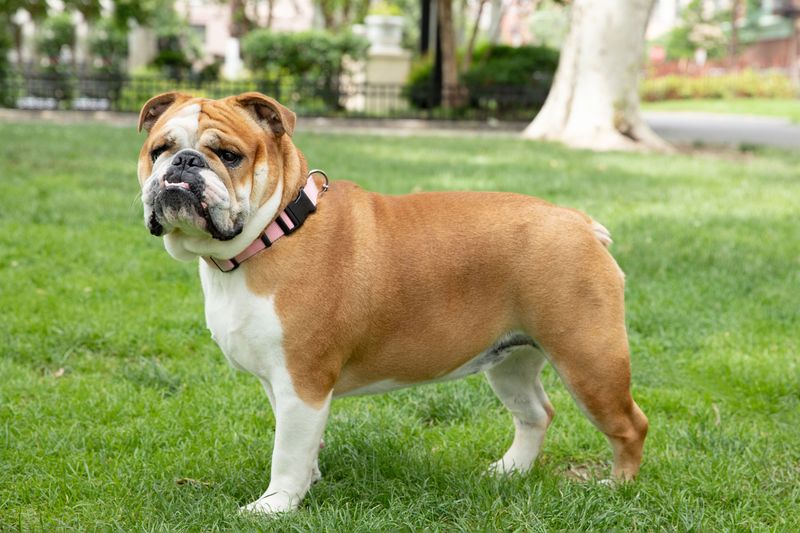
Bulldogs are known for their unique appearance and laid-back demeanor. However, potential owners should be aware of the health challenges associated with this breed.
Bulldogs are prone to respiratory issues due to their flat faces, which can lead to breathing difficulties, especially in hot or humid weather.
Their sedentary nature makes them prone to obesity. Regular, moderate exercise is crucial to keep them healthy.
Despite their stubbornness, Bulldogs respond well to positive reinforcement, making training sessions enjoyable for both the dog and owner.
Grooming a Bulldog is relatively simple, but their facial wrinkles require regular cleaning to prevent infection.
Though they come with certain challenges, Bulldogs are affectionate companions, known for their gentle and loving nature. The effort in caring for them is well worth the loyal friendship they offer.
7. Akita
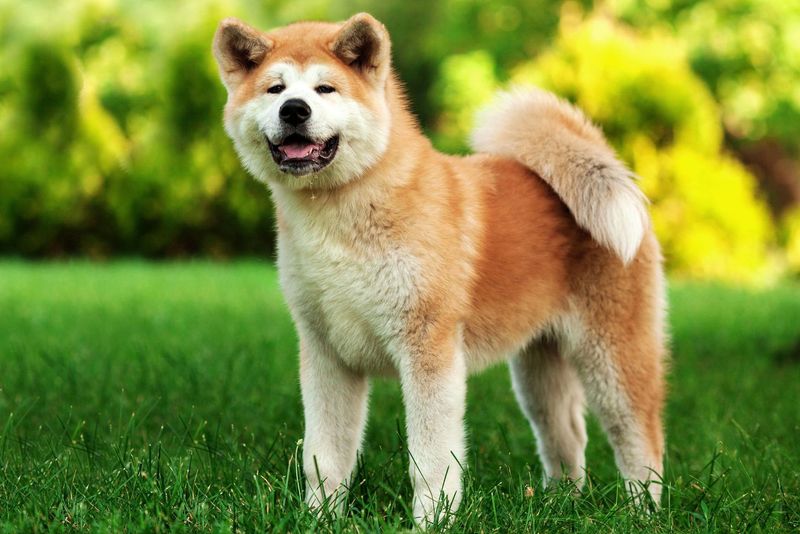
The Akita is a large, powerful breed with a strong presence and loyal nature. Originally from Japan, Akitas have a protective instinct that can be both a blessing and a challenge.
They are naturally wary of strangers, making early socialization essential to ensure they are well-adjusted. Training an Akita requires consistency and patience.
They are intelligent and independent, which can sometimes translate to stubbornness. Positive reinforcement techniques work best, promoting a respectful relationship between the dog and the owner.
Akitas have a thick double coat, necessitating regular grooming to manage shedding and maintain a healthy coat.
Their exercise needs are moderate, but mental stimulation is equally important. With the right approach, an Akita can be a devoted companion, offering loyalty and protection to their family.
8. Border Collie
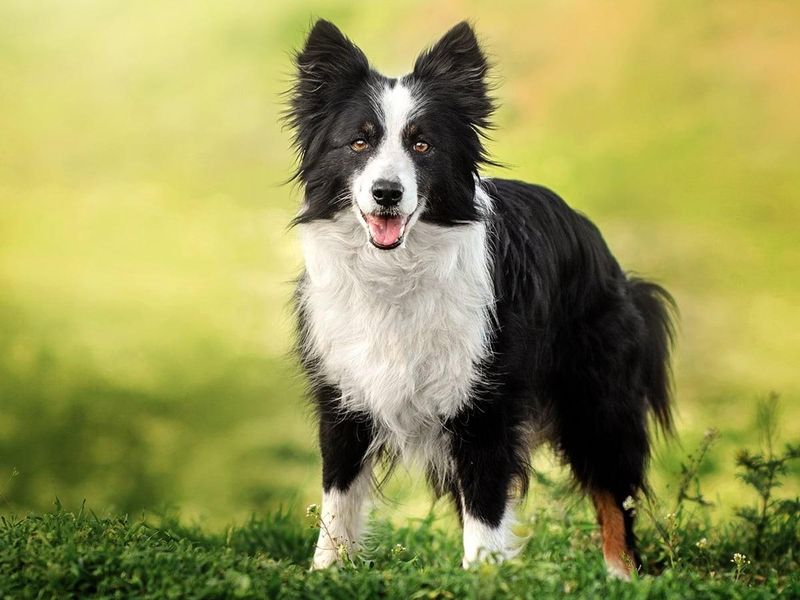
Border Collies are renowned for their intelligence and herding abilities. While they excel in working environments, they can be challenging pets for inexperienced owners.
Their high intelligence means they require constant mental stimulation, or they may become bored and engage in destructive behavior.
These dogs have high energy levels and need regular exercise to channel their enthusiasm positively. A simple walk around the block won’t suffice; they thrive in environments where they can run and engage in activities like agility or herding trials.
Training a Border Collie is both rewarding and demanding. They pick up commands quickly, but their desire for mental challenges means training must be varied and engaging.
With the proper outlet for their energy and intellect, Border Collies make exceptional companions for active individuals or families.
9. Australian Cattle Dog
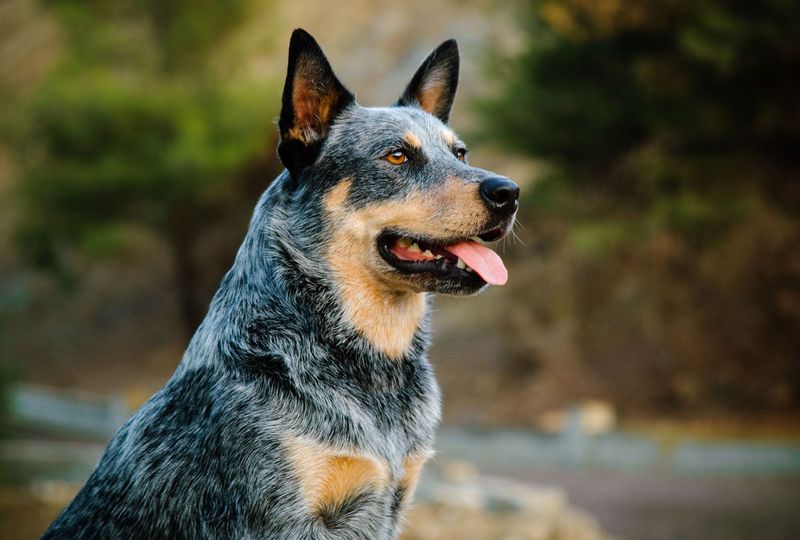
The Australian Cattle Dog, also known as the Blue Heeler, is a robust and intelligent breed. Designed for herding, they possess an incredible work ethic and stamina. However, this can present challenges for owners looking for a simple companion.
These dogs require regular, intense exercise to remain healthy and happy. Without it, they can become bored and potentially destructive.
Interactive toys and challenging activities are essential to keep their minds engaged. Training is crucial for this breed, as they are independent thinkers. Consistent, firm guidance helps them understand their role within the family.
They are also known for being cautious around strangers, making socialization important from a young age.
With the right care, they are loyal and hardworking companions for those who can keep up with their active lifestyle.
10. Weimaraner
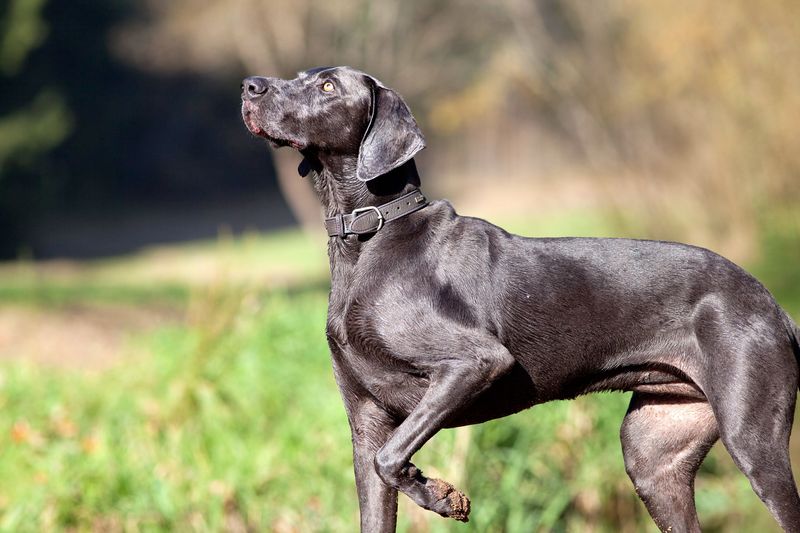
Weimaraners are athletic dogs that require an active lifestyle. Known for their sleek, silver coats, they are as energetic as they are elegant.
This breed thrives in environments where they receive plenty of exercise and mental stimulation. Without ample activity, Weimaraners can become restless and may resort to destructive behavior.
They excel in activities like running, hiking, and agility training, making them ideal companions for active individuals.
Training a Weimaraner can be both rewarding and challenging. Their intelligence means they learn quickly, but they also require variety to stay engaged.
Socialization from a young age helps them adjust to different environments and people. With the right approach, Weimaraners are affectionate and loyal, offering boundless energy and companionship.
11. Afghan Hound
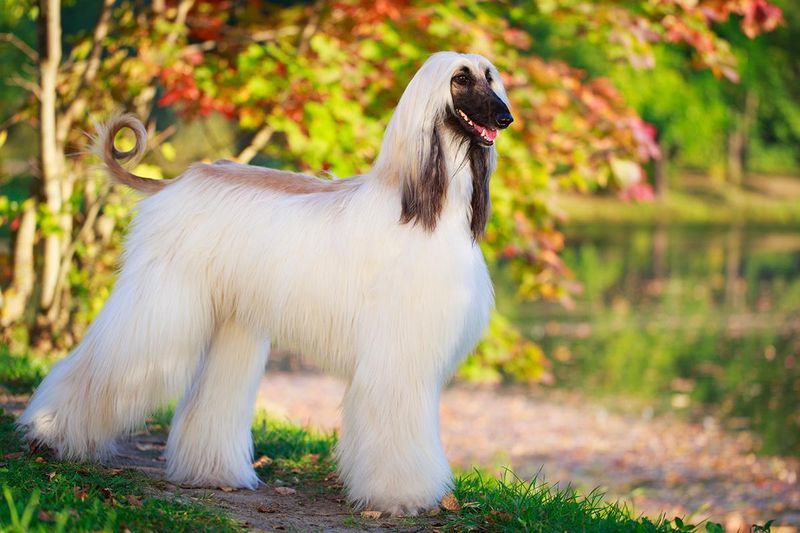
The Afghan Hound is a sight to behold with its long, flowing coat and graceful demeanor. However, their beauty comes with unique challenges that require careful consideration.
These dogs are known for being independent and sometimes aloof, which can make training more demanding.
Grooming an Afghan Hound is a time-consuming task. Their luxurious coat requires regular brushing to prevent mats and tangles, and bathing must be done carefully to maintain the coat’s condition.
Additionally, Afghan Hounds have a strong prey drive, often chasing small animals. Secure fencing and monitoring are necessary to ensure their safety.
Despite these challenges, they are loyal and loving companions for those willing to invest time and effort into their care and training.
12. Shar Pei
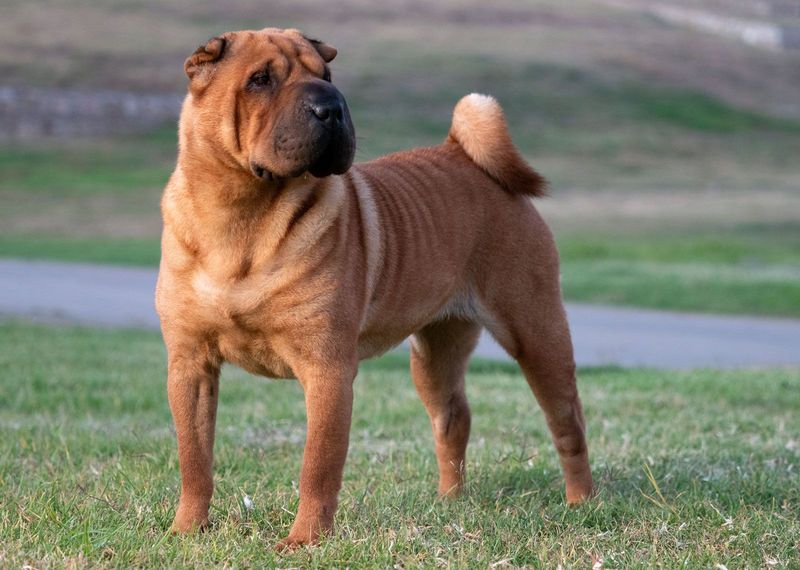
Shar Peis are known for their distinctive wrinkled skin and calm demeanor. However, their unique appearance comes with specific challenges that potential owners should consider.
Their skin folds require regular cleaning to prevent infections, making grooming a vital part of their care routine.
This breed can be stubborn, requiring a patient and consistent approach to training. Early socialization is key to managing their natural wariness of strangers and other animals.
Despite their calm appearance, Shar Peis need regular exercise to maintain a healthy weight and temperament.
Although they are not overly active, they enjoy leisurely walks and playtime. With proper care and understanding, Shar Peis are devoted companions, offering loyalty and affection to those who appreciate their unique characteristics.

